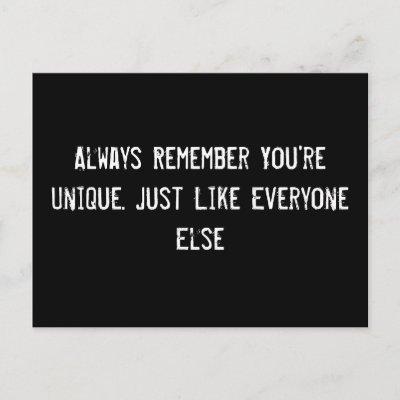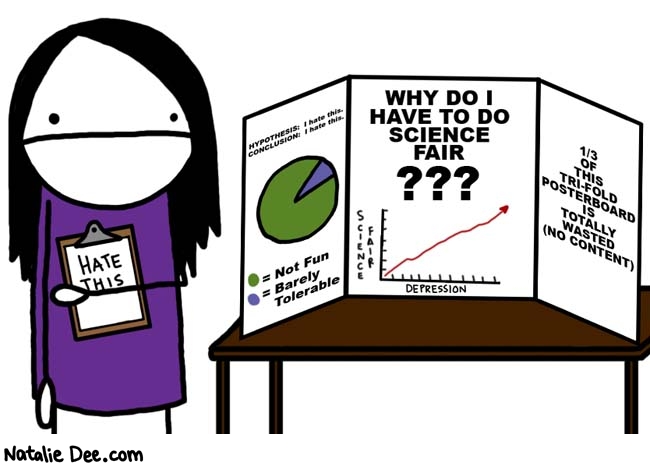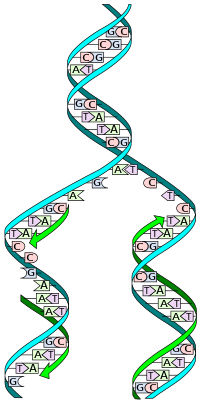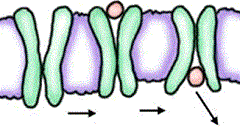
The study of genetics has been going on for a long time. A guy named Gregor Mendel started the whole craze in 1822! Long time right? Let's go back and talk with him to see what he learned! TIME TRAVEL TIME!

Me: Hi Mr. Mendel! I'm Celine. Could you tell us a little about yourself?
Mendel: Sure Celine! Hi everyone my name is Gregor Mendel! I was born in 1822 around Czechoslovakia. I was really smart as a kid so my parents wanted me to get a really good education. But, we didn't have the money for that. So I became a monk and a teacher instead.
Me: Cool! And how did you make your scientific discovery?
Mendel: Well, I love nature. And one day, while on a walk, I was wondering how plants keep the same traits.
Me: I heard that your most recent experiment has been with pea plants. Could you tell us about that?
Mendel: Sure! Well, I decide to take two different pea plants and cross-pollinated them. One was yellow and round and one was green and wrinkly. For some reason, the yellow dominated the green and the round dominated the wrinkly. This made me discover dominant and recessive genes.
Me: Interesting! Wait... what are dominant and recessive genes?
Mendel: A dominant gene is the gene that stands out. This is the more powerful gene and is more likely to show in the offspring. A recessive gene is the gene that has little or no affect. It's over powered by the dominant gene. It's still there, but it's hidden.
Me: Oh okay! Well thank you for everything! Bye!
Mendel: Good bye!

Ok, now let's talk about something called a Punnet Square. A Punnet Square is a chart that shows or predicts all the possible gene combinations. It shows the dominant gene as a upper case letter and the recessive gene as a lower case letter.

There are a couple words you have to know when you're talking about genes. For example, you need to know the difference between phenotype and genotype. Genotype is the genetic makeup and phenotype is what the thing actually is. Also know that each gene has two traits, or alleles. Another difference you need to know, is the difference between homozygous and heterozygous. Homozygous means that it's the same trait. Like both dominant or both recessive. Heterozygous means that it's one dominant and one recessive. In plants, if it has heterozygoes genes, it's called a hybrid.
 |
| I'm sorry, but I love this!! |
Well, that's all for this unique blog about the stuff everyone has! Couldn't get more special than that! Bye everyone! Science Fun:)





































